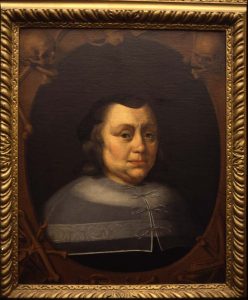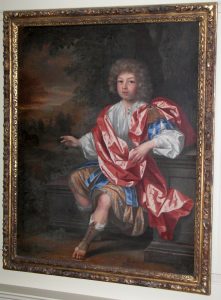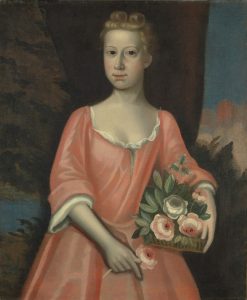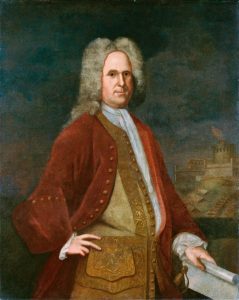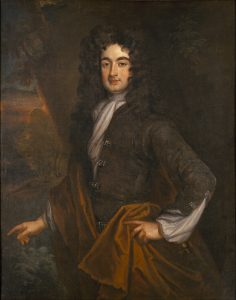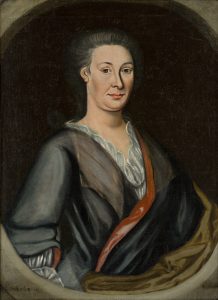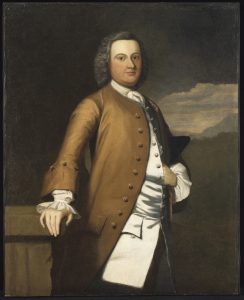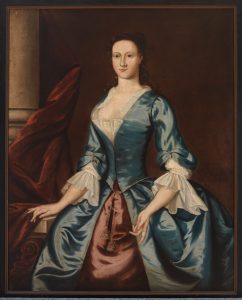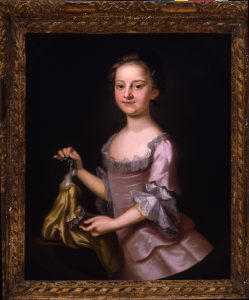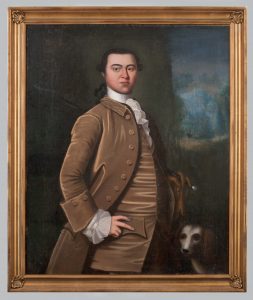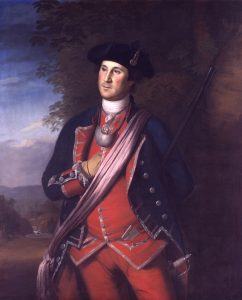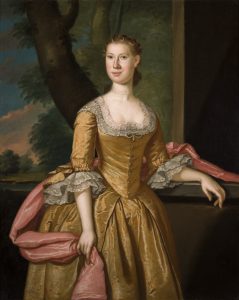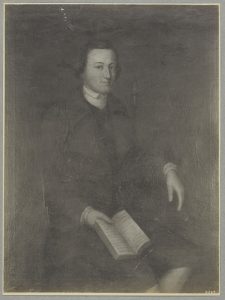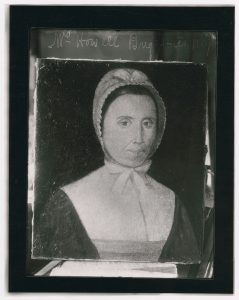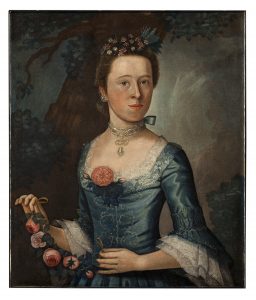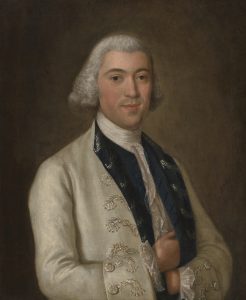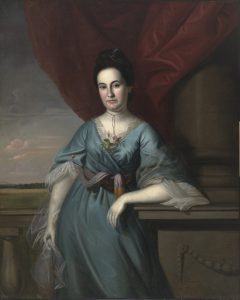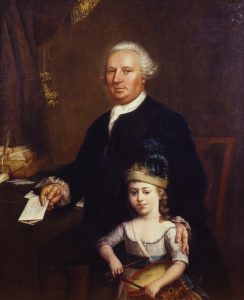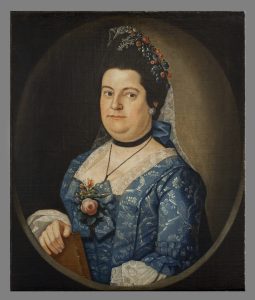-
William Fitzhugh “sets up” a painter
“Pray by the first conveniency of a London ship bound for this River send me in these things following:…Six three quartered lacker book frames for pictures well burnished, About 40 or 50 shillings worth of colours for painting wt. pencils walnut Oyl & Linseed Oyl proportionable together with half a dox. 3 quarter clothes to set up a painter.”
– William Fitzhugh to John Cooper, 26 July 1698
William Fitzhugh →
-
William Wagener (d. 1742) remembered as a “bad painter,” lives in Virginia
“I am perswaded your Lordship will be Surprized when I declare upon the Testimony of Gentlemen, who have equally at hear the Interest of Religion, that the Person I am speaking of, is much better remembered here as a bad Painter, than as a Divine.”
– William Gooch to the Bishop of London, 21 May 1739
-
John Custis IV dies, bequeathing “a portrait of my Negro boy John” to Ann Moody of Williamsburg. This is the only documented Virginia portrait featuring a person of African descent as the subject. John, called Jack (ca. 1733-1751), was the natural son of John Custis IV and Alice, an enslaved woman owned by Custis. Jack and Alice were freed in 1748.
John, called Jack (ca. 1733-1751) →
-
Maryland saddle-maker Charles Willson Peale (1741-1827) sees portraits by an artist named “Fraziers” in Norfolk and decides to start painting
Fraziers “who had some fondness for painting, and had painted several Landscapes and one Portrait, with which he had decorated his rooms. They were miserably done, had they been better, perhaps they would not have lead Peale to the Idea of attempting any thing in that way.”
– Charles Wilson Peale, Autobiography
-
Henry Warren, “Limner,” is in Williamsburg
Henry Warren, “Limner,” is in Williamsburg and publishes an advertisement in the Virginia Gazette stating that he is available to paint “should any in this place have a mind to please their fancy with night piece, or keep in memory their families with family pieces, or anything of the like (landscapes excepted).”
